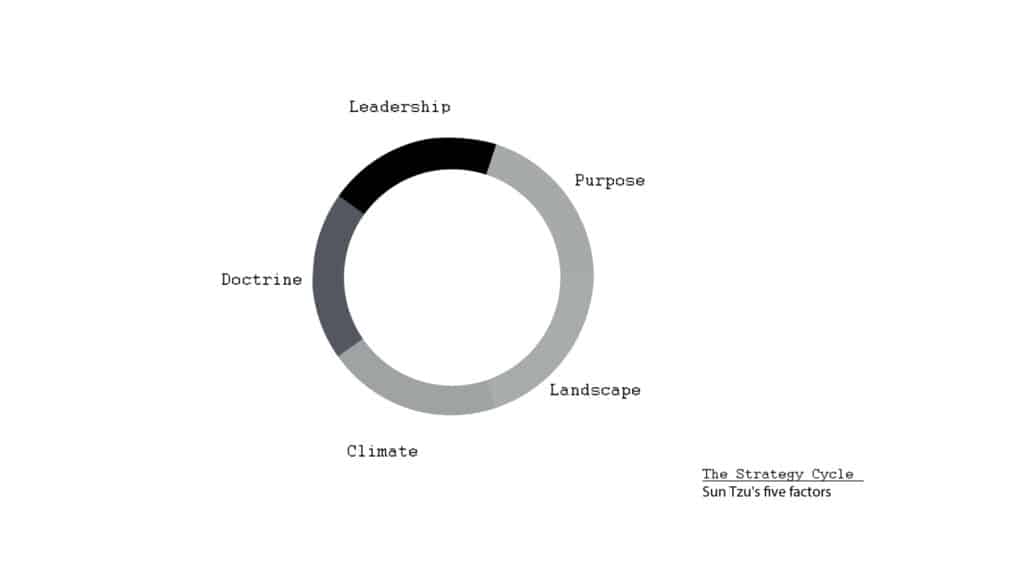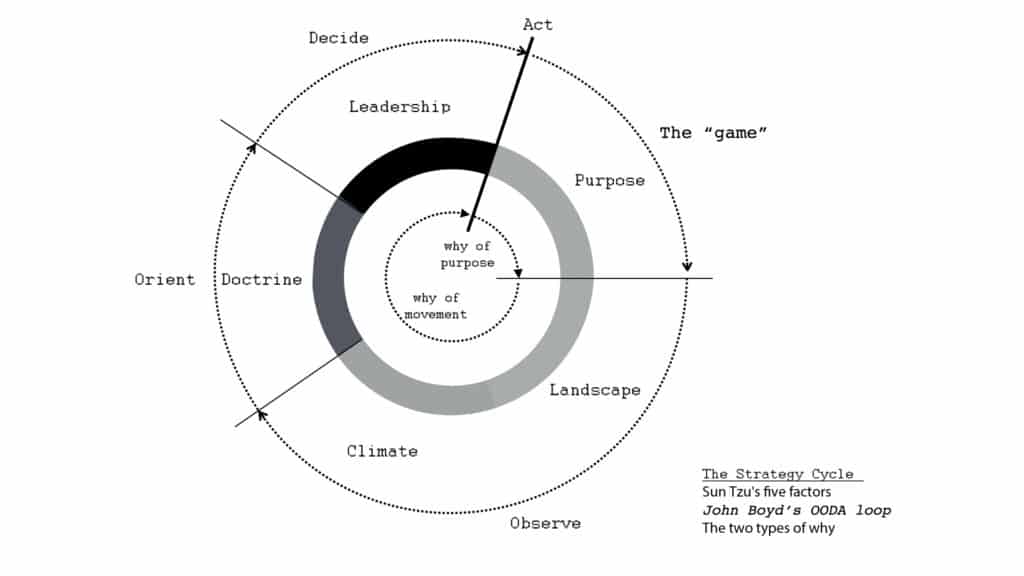On Thursday, 27 May 2021, esynergy welcomed Simon Wardley, the creator of Wardley maps – a framework for designing and evolving strategies
Simon has spent the last 20 years defining future strategies for companies in the FMCG, retail and technology industries, and is a former CEO and advisory board member of numerous successful start-ups (all acquired). He is also a fellow of Open Europe and a regular conference speaker and a researcher. Simon has twice been voted one of the UK’s top 50 most influential people in technology.
In this edition of esynergy’s Tech Series, Simon explored situational awareness, explaining how it applies to technology and business and looked at how we can map our environment to identify opportunities and create a coherent strategy.
About Wardley maps
A Wardley map is a map of the structure of a business or service, mapping the components needed to serve the customer or user. The difference between Wardley Maps and other methodologies and frameworks is that it’s based on situational awareness and movement, it’s not just a static picture like a SWOT diagram or a Business Model Canvas.
Most Popular Insights
How it all began…
This began for me around 16 years ago, while I was CEO at Fotango (an online photo service). I used to go around listening to other CEOs talking about strategy, recording the short words they’d use: I called them ‘business-level abstractions of a healthy strategy’ (also known as ‘common blahs’). From this, I deduced that – when it came to strategy – I wasn’t the only person making it up as I went along!
Anyway, I was in a book shop (in around 2004). I’d been reading so many books on strategy and getting nowhere. The book shop assistant recommended Sun Tzu’s ‘The Art of War’. In it, Sun Tzu talks about five factors that matter in competition (below):


The origin of maps
Looking back at the maps I’d used in business before, I realised that actually they weren’t maps, they were graphs! The difference between the two is that, with a map, space has meaning so, if you move the position of something, it changes the context.
To make a business map, you require three things: an anchor, position and movement. With these three things in place, space will have meaning. The anchor is the product or business need – from here, I can create a chain of needs. The further down this chain something is, the less visible it is (this gives you the distance or position). Now I need ‘movement’. This means identifying the components – or stocks of capital – which all evolve, then putting them where I think they should be (giving movement).
Challenge assumptions
From here, you can build out your map, adding and moving business requirements. This allows us to challenge assumptions. It doesn’t matter if you’re engineering, operations, finance or marketing – we can all talk about the same environment with a single map.
The most common problem is that people optimise process flow without thinking how the thing has evolved. People and businesses are trapped by context; they’re trapped by all the previous stories that have been told. Mapping means that – as soon as you can show them the environment – they can ask themselves why they are doing something.

